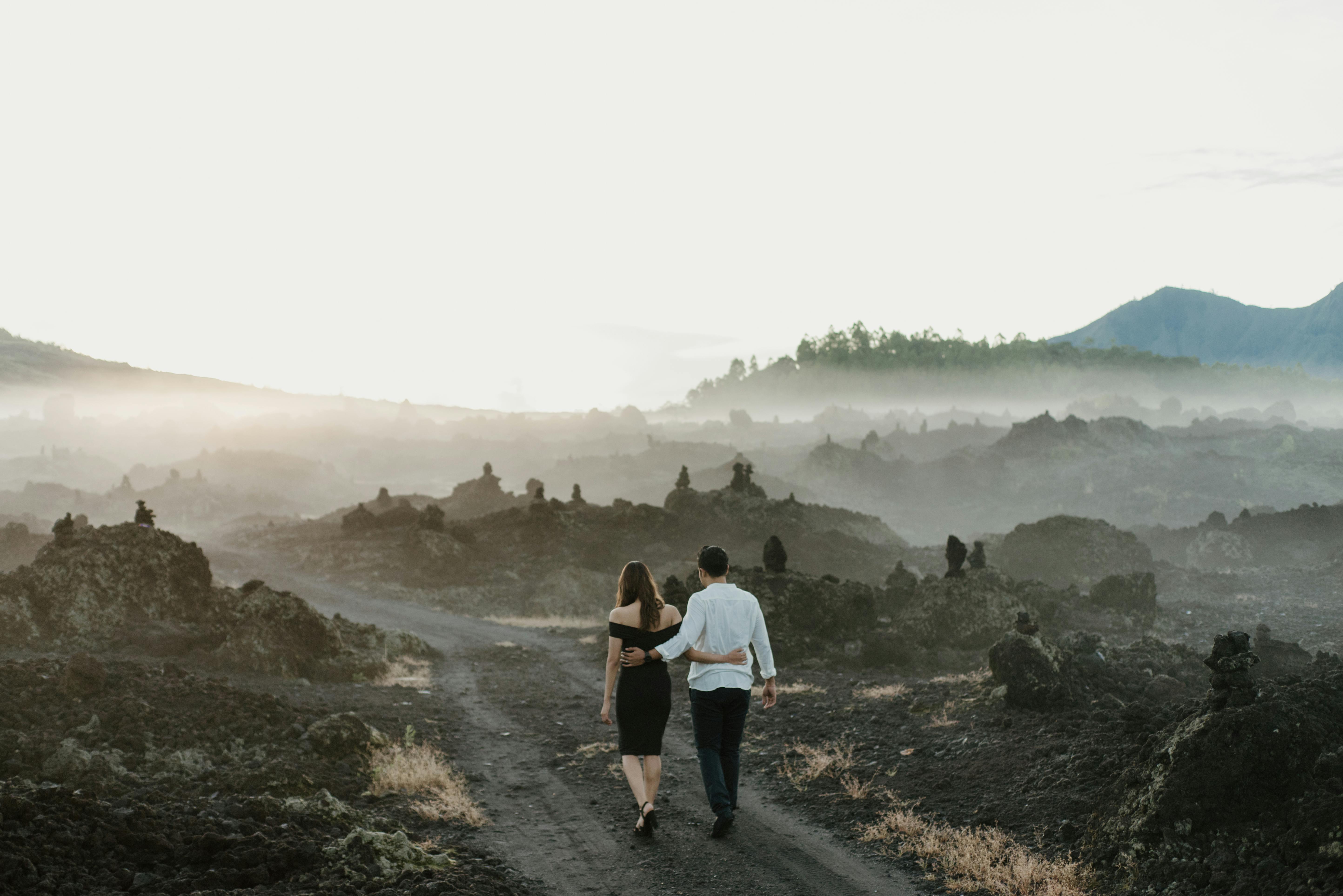Preparing for the collapse
Many of the experts say that we are headed for an economic collapse worse than the Great Depression. If that’s going to be our reality, forget the emergency preparedness plan—you’ll need a long-term survival preparedness plan.
While most emergency preparedness plans are put in place to weather a crisis lasting up to 14 days, an economic collapse requires much more than just emergency planning. Preparing for something of the magnitude of such a collapse could require a plan to survive for five years or more.
All preparedness plans involve the same four things: water, food, fire, and shelter. While emergency preparedness planning involves planning what you can take with you, survival preparedness planning involves surviving somewhere. With survival preparedness planning, there are two different planning models: urban, suburban/rural.
The suburban/rural model is, of course, the simplest. It requires independence and self-sufficiency. Storage and security are much easier to manage. There are, of course, some differences between a suburban and a rural situation, but they are only differences of degree.
The urban model requires a high degree of cooperation to the point of pseudo-tribalism. It requires strong bonds of trust, and security is definitely problematic in an urban environment.
In the rest of this article I am going to focus on the rural model. This model has advantages that make it the superior situation.
The first of the four needs is water. In a rural setting, preparing to get enough water to survive requires a cistern. There are large plastic water tanks (over 2,500 gallons) that can be buried to provide a second source of water in case the well runs dry or the water is undrinkable for some reason. If you have a location on or near a lake, it’s important to focus on purification rather than storage.
The second need is food. Food storage for more than 5 years might include some canned foods, but freeze-dried foods have a much longer shelf life. Some freeze-dried food packages come in a plastic bucket instead of a cardboard box. These cubes preserve food better by protecting it from moisture and the cubes can be reused later.
Fire is the third need. Eventually you will have to burn wood when all other fuel sources have been used up. Having a reliable wood stove or fireplace should help you. Lighting the fire is another matter. Keep a large supply of Bic lighters, but you might eventually run out of lighters and matches. It is therefore advisable to have a flint and steel and also a magnifying glass and a good supply of 000 steel wool. Believe it or not, steel wool will burn very nice and hot.
Fourth, we have shelter. Houses are always vulnerable to fire, wind and earthquakes. It’s always a good idea to have a backup bunker (when I was young we called them bomb shelters). A quick and easy way to create a bunker is to bury a shipping container in a hillside and hide the entrance with bushes. The bunker is also a good place to store food.
I hope I have given you some ideas for your long-term emergency preparedness list. Remember, before you can execute a plan, you need to have a plan. The time to start planning is now.
